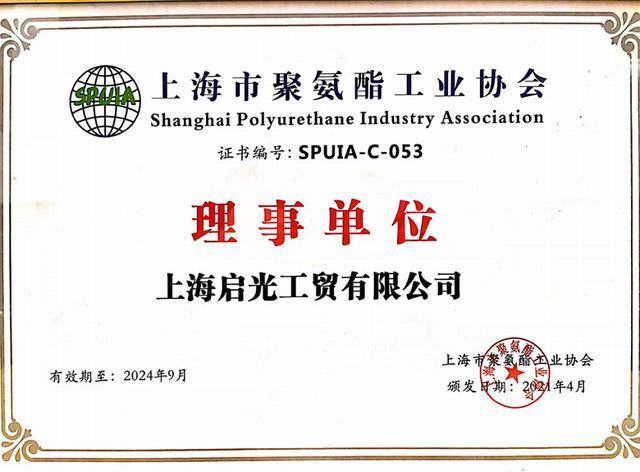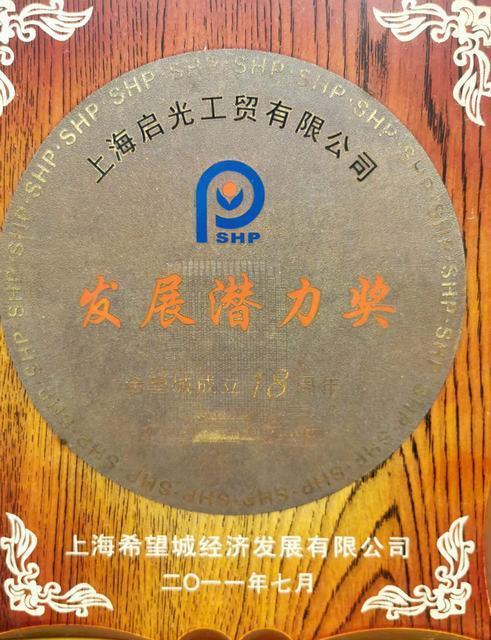High resilience sponges are everywhere in our lives, and silicone oil is an indispensable component in sponges. It is used to adjust the cell structure, emulsify, nucleate, and reduce surface tension. Although the dosage is small, it is crucial. How to evaluate it professionally? Technical workers each have their own methods. How to choose a good product. Let me share some of our experiences in evaluating silicone oil.

1. Stability test of silicone oil
1.1 Storage stability test of silicone oil
Storage stability of silicone oil at low temperatures
Pour silicone oil into a 1L glass bottle, place it in the refrigerator for 24 hours and observe whether the silicone oil is stratified. If it is not obvious, take out the silicone oil and do a comparative experiment with the silicone oil at room temperature to check the closed cells and bubbles of the silicone oil. Check whether the structure is normal. If there is any abnormality, it means that this type of silicone oil cannot be stored at low temperature.
1.2 Storage stability of silicone oil in composite materials
Make the new silicone oil and the original silicone oil into a combined polyether with the same formula. Under the same process conditions, compare the foaming and pores, and then inject 1 liter of the prepared combined polyether respectively. Put it in a glass bottle, place it in a water bath at 60 degrees, take it out to cool after 6 hours, foam it again under the same process conditions, compare the flatulence and pores of the product before and after aging, if there is any abnormality, it means that the silicone oil is Combining materials is risky.

2. Activity evaluation of silicone oil
Processing conditions: mold temperature 60 degrees, material temperature 25 degrees, equal demoulding time. According to the approximate silicone oil activity given by the manufacturer, the silicone oil characteristics are determined by the degree of closed pores.
1. In the absence of equipment, the amount of pore opening agent can be used to determine the activity of silicone oil.
2. The activity of silicone oil can also be determined with the assistance of an indentation hardness tester.
3. During the activity evaluation period: all factors affecting the degree of obturation must be carefully considered to avoid interference.
3. Tolerance test of silicone oil
1. Different systems, after reducing the amount of silicone oil, test the molding changes.
2. Mold temperature adaptability test.
3. Liquidity test.
4. Under the same degree of closed porosity, compare the cell structure of the product and select silicone oil with finer cells to improve the processing tolerance during actual molding production.
4. Silicone oil VOC contribution test
1. Detection method: VDA 278
2. To compare with other silicone oils, use the same formula and the same process except silicone oil to make samples, and use VDA 278 to compare the test data.

5. Summary
Combined material manufacturers are more cautious in switching silicone oil, but 3W silicone oil has been recognized by more and more well-known composite material manufacturers due to its excellent quality. I think this is inseparable from our strict testing methods.